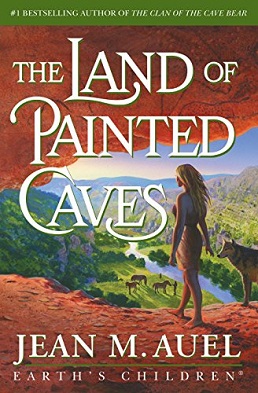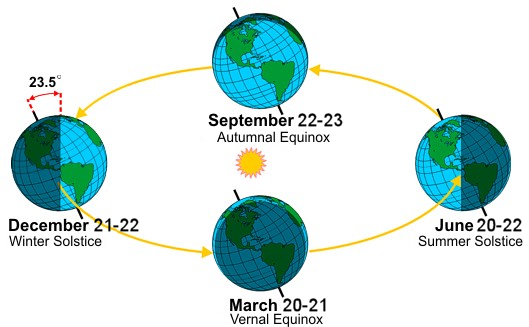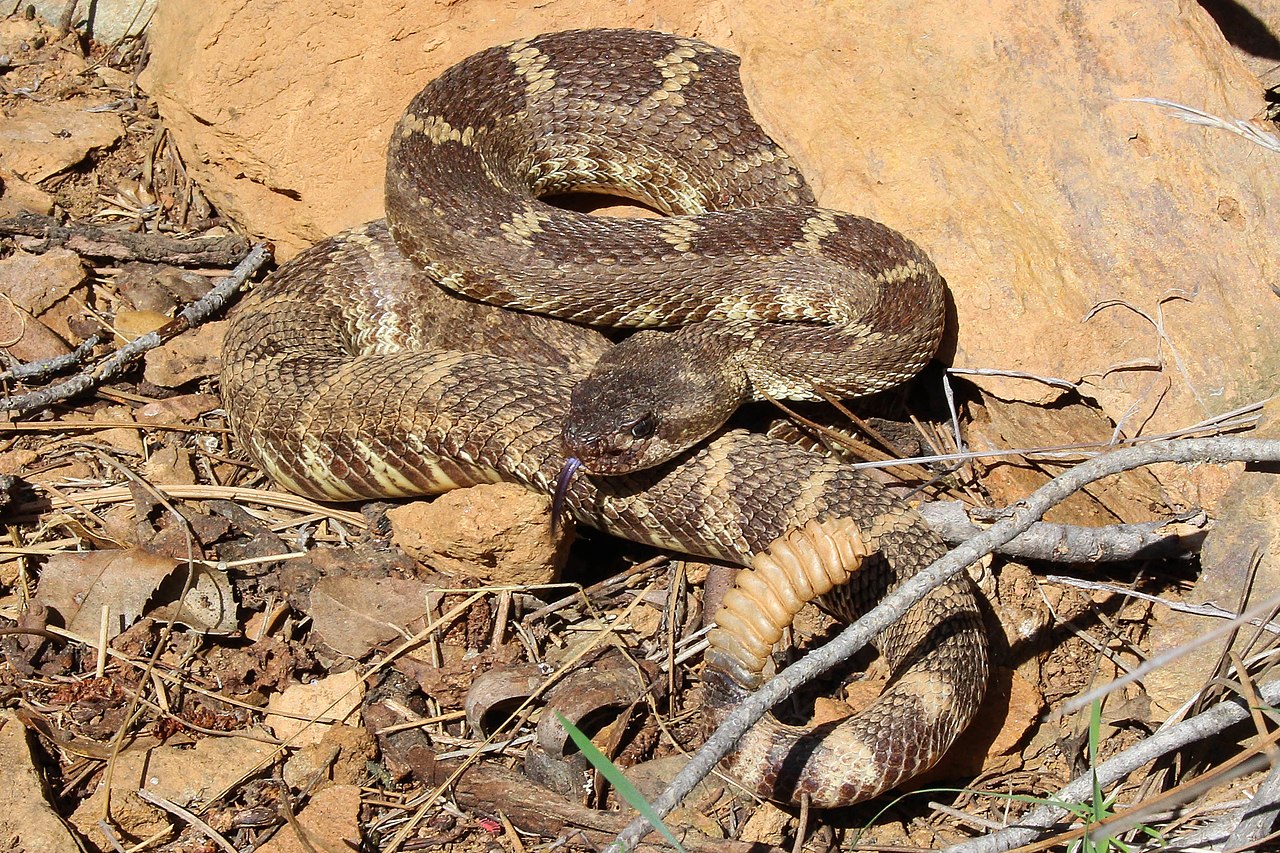Public Lands during
COVID-19 Social Distancing
COVID-19 Social Distancing
Please, please visit with care.
by Sammy Castonguay, M.Sc. Geological Science
A novel strain of the historically problematic coronavirus is becoming rampant around the globe, impacting everything from health care and public education to food security and mental health. Social distancing and cleanliness are our best options (to-date) for keeping the spread at-bay. As an outdoor recreation oriented person employed with a non-profit Public Lands conservation organization (FriendsOfTheOwyhee.org), I naturally take to the outdoors. My first few months on the job, Ive been advocating hard for youth outdoor education opportunities in the region under our new Outdoors with Youth: Hands-on Earth Education (OwYHEE) program inspired by Robert Louv's 2009 book Last Child in the Woods: Saving our children from Nature Deficit Disorder. Time in the outdoors is linked with benefits to physical and mental health in all of us, not just youth.
However, there are plenty of people setting better examples of healthy socially distancing on Public Lands during this time.
OK. I'm no expert or authority and my few recommendations here may change as the situation does. But, here are some are a few simple things:
A novel strain of the historically problematic coronavirus is becoming rampant around the globe, impacting everything from health care and public education to food security and mental health. Social distancing and cleanliness are our best options (to-date) for keeping the spread at-bay. As an outdoor recreation oriented person employed with a non-profit Public Lands conservation organization (FriendsOfTheOwyhee.org), I naturally take to the outdoors. My first few months on the job, Ive been advocating hard for youth outdoor education opportunities in the region under our new Outdoors with Youth: Hands-on Earth Education (OwYHEE) program inspired by Robert Louv's 2009 book Last Child in the Woods: Saving our children from Nature Deficit Disorder. Time in the outdoors is linked with benefits to physical and mental health in all of us, not just youth.
Times have changed. Kids are out of school. Adults are out of work. Cabin fever is setting in. Social distancing is difficult and NECESSARY.
While my pre-disposed tendency is to immediately advocate enjoying out Public Lands for some solitude, fresh air, mental clarity, and physical activity, I am hesitant to do so.
Let me now preface with: All of these pictures during recent trips (since March 16th), I have taken the usual precautions on outdoor safety and ethics but am also very attentive to social interaction and distance (see post on FB). Just driving, taking pictures, and hiking at secluded spots (there is a LOT of open space in the Owyhee). BUT... other folks enjoying Public Lands are taking the same precautions.
Succor Creek State Natural Area was a village on Sunday. Lots of folks in fairly close proximity with ONE restroom facility (toilet paper, hand sanitizer...?). As of 2pm there were at least 20 vehicles including 10+ RVs. Luckily, Oregon Governor Kate Brown shut down the parks for camping. But that is a State Natural Area and the camp sites are not regulated the same way, so I am not sure if it remains open or if folks were asked to leave. On Monday, March 23rd, Manny and I observed the Lake Owyhee State Park camping area closed.
 |
| This disseminated camp site is often used by large groups, as seen here. This is not a regulated site in the State Natural Area, so the boundaries of where the vehicles drive have expanded. |
On the road into and out of Succor Creek State natural Area, we counted no less that 90 vehicles (passenger, RV, trucks with trailers) on the road during a 5 hour period. About 1/3 of those seemed to be doing as I was, driving by, stopping to look or hike. There is already a problem is the disseminated camps sites along that road, but several of the larger ones also turned into a small village.
 |
| Sage Creek is a popular hiking spot. Several vehicles parked, some out hiking, some having lunch. |
I'm not saying this is absolutely wrong. But it doesn't seem to be right, given the recommendations of the Governor. Oh... the Oregon Governor. I should note that all but two of the license plates I saw (maybe 1/3 of all) were Idaho.
While the camping and congregating may not be exclusively against the rules, lots of other of the activities associated with this high traffic are.
We saw lots of extra and newly deposited trash (along Succor Creek Rd and Lake Owyhee Rd), new rock ring campfires in disseminated sites, camping out of the camp area AT the designated area, and impacting vegetation.
However, there are plenty of people setting better examples of healthy socially distancing on Public Lands during this time.
 |
| Buildings below Owyhee Dam. Anglers enjoying the river. |
OK. I'm no expert or authority and my few recommendations here may change as the situation does. But, here are some are a few simple things:
- Take normal precautions for outdoor safety and health (proper clothing, foot ware, water and snacks, let someone know where you are going). Know the most up-to-date news on the place you are visiting (it is open?). DO NOT go towards areas that are already having outbreaks, of if you are in an area of outbreak please do not venture out to un-infected areas. We should be minimizing intra-city travel.
- If there are more than two vehicles parked at a trailhead, think about moving on to a different spot. In the Owyhee region, this is east because there are a lot of places to launch from. Alternatively, if there are a few cars but no real trail then go in a direction you do not anticipate the others went. When you do meet folks on the trail, wave from a distance say "hi", keep the small chat to a distanced minimum and get on with your day. Be friendly, we need not fear each other... but precautions are necessary.
- Avoid congregation areas. If you use the public restroom, wash well and sanitize (duh). Dont go out of your way to talk with groups.
- Be extra attentive to your garbage or refuse left by others. I love picking up trash, but take the precaution of wearing gloves and placing directly into a bag.
Below is a preliminary map (using Google Earth) of some suggested short hikes in the Lower Owyhee Canyon. Google will navigate to Snivley Hot Springs, just for your reference... dont go there! :) The white lines are suggested routes to get to a few places. These are not super accurate and not for navigation. Know where you are going. In the desert, you can generally see where you want to go, go there, and see your way back.
I look forward to updating this type of stuff in the coming weeks.
Cheers! --sc































